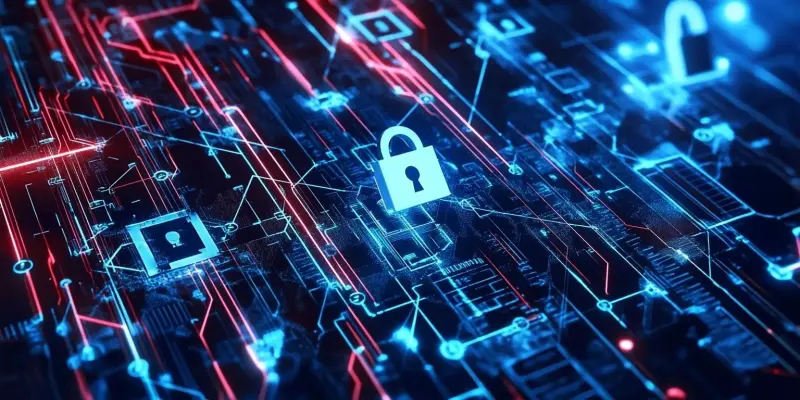In a rapidly evolving digital landscape, an alarming new phishing scam has surfaced, targeting PayPal users by leveraging genuine emails from PayPal’s legitimate service address. This raises the stakes for unsuspecting users who rely on traditional email security and spam filters to ward off fraudulent activities. The unprecedented sophistication of this scam makes it considerably more difficult for users to identify and evade such threats, as the emails originate from PayPal’s own infrastructure. Reports of these phishing emails have gained traction on Reddit, where users have recounted their experiences of receiving dubious alerts from the [email protected] address.
The messages typically notify users of suspicious activities, such as the addition of a new address to their PayPal account or unauthorized purchases like a pricey MacBook M4. Prompted by the urgency of addressing these potential security threats, users are often compelled to take immediate action as advised in the email. This sense of urgency is a tactical move by the scammers to manipulate the recipients into responding without much forethought, subsequently increasing the likelihood of a successful attack. The seamless incorporation of PayPal’s genuine service communications makes the scam alarmingly credible and much more effective at bypassing email security protocols.
How the Scam Operates
The distinguishing aspect of this phishing attack lies in its method of exploiting PayPal’s infrastructure. Hackers discovered a loophole that allows them to add a ‘gift’ address to their own PayPal accounts. This addition automatically generates an email from PayPal servers, directed initially towards the hackers. The hackers then manipulate these emails and forward them to their intended victims using mailing list functions. Because these messages are genuinely sent by PayPal’s servers, they successfully evade traditional security filters, rendering usual protective measures inadequate for detection and prevention.
The ultimate objective of these phishing emails is to deceive users into calling a fake customer support number included in the email. Once the victims make this call, the scammers employ social engineering techniques to extract sensitive information under the guise of aiding the victim in resolving the supposed unauthorized activities. This can result in compromising the victim’s PayPal account, leading to unauthorized access and potentially significant financial losses. The manipulation of users’ trust and the intricate exploitation of trusted communication channels make this phishing attack a particularly treacherous threat.
Mitigation Strategies and User Awareness
To combat this growing threat, PayPal users are encouraged to adopt best practices for email security and remain vigilant. Users should always verify the authenticity of the sender by checking the full email address and looking for signs of phishing, such as generic greetings and suspicious links. Additionally, users should avoid clicking on links or calling phone numbers provided in unsolicited emails and instead access their PayPal account directly through the official website to confirm any alerts or notifications.
Educating users about these sophisticated phishing tactics is crucial. PayPal and other financial services should actively update their customers about current threats and provide clear guidance on identifying and reporting suspicious activities. By fostering a heightened sense of awareness and implementing recommended security practices, users can better protect themselves from falling victim to these increasingly sophisticated phishing scams.

